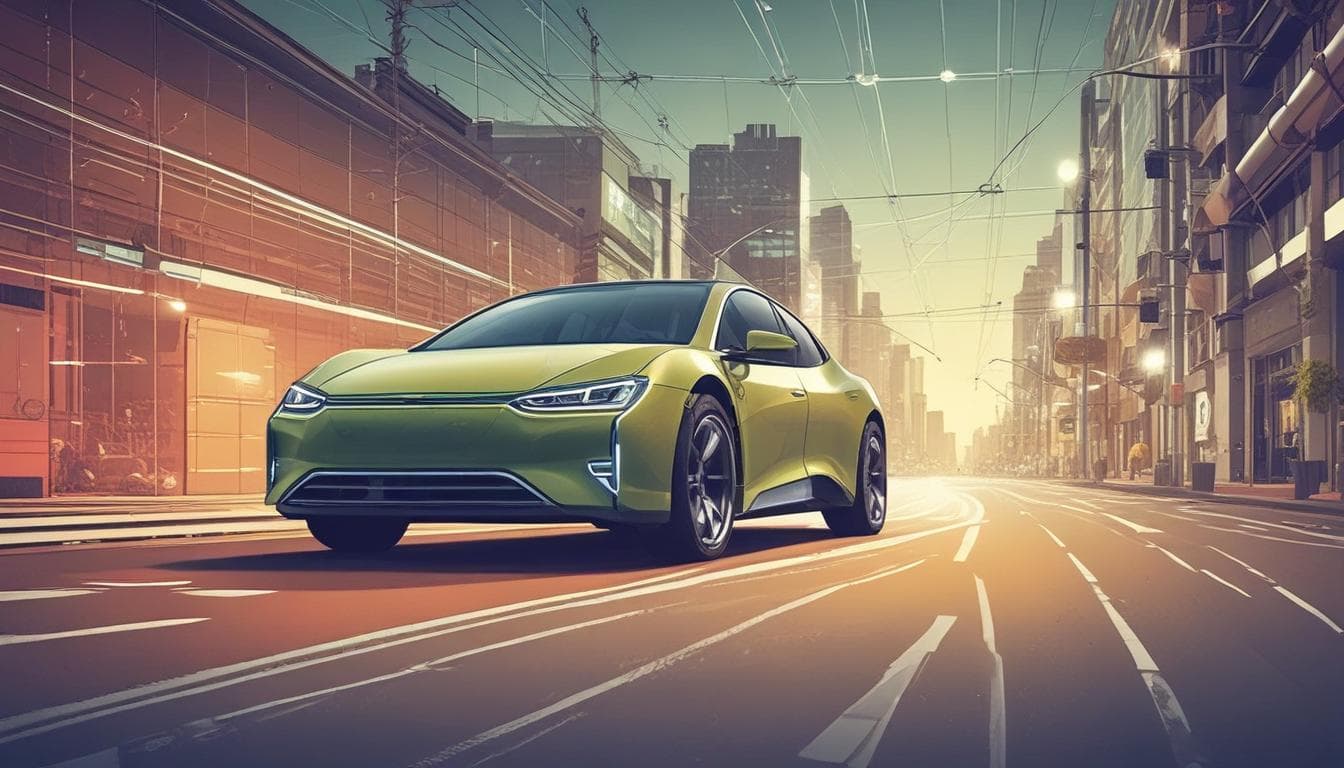Beyond the roar of an engine or the silence of an EV, how crucial is the intentional soundscape of a modern vehicle? Consider warning chimes, indicator clicks, UI feedback sounds, even engineered powertrain notes. How do you think sound design will evolve to shape brand identity, enhance safety perception, and define the user experience in future cars, especially as cabins become quieter? Share your thoughts on how auditory cues could transform driving.
Sound design in modern vehicles is indeed a fascinating and crucial aspect of automotive development. As cabins become quieter—particularly in electric vehicles (EVs)—the auditory elements can play a pivotal role in shaping not just the user experience but also the brand identity and safety perception.
Brand Identity Through Sound
Automotive brands are increasingly using soundscapes as a means to express their identity. For example, some EVs have introduced bespoke powertrain hums that reflect futuristic or sporty personas. The absence of traditional engine noise in EVs also opens opportunities to experiment with engineered sounds that align with the vehicle’s aesthetic and performance goals.
Enhancing Safety with Intentional Soundscapes
Sound has critical implications for safety. In urban environments, pedestrian alert systems on EVs ensure that these silent vehicles can still be detected by those nearby. Moreover, inside the cabin, well-designed signals like seatbelt alerts, lane departure warnings, or parking assist feedback greatly improve driver awareness and response times. As Vehicle-to-Everything (V2X) communication gains traction, sound-based notifications could inform drivers of approaching vehicles or emergency scenarios. For those interested in this area, the revolution in V2X communication and its role in road safety is a must-read.
Transforming Cabin Experiences with Auditory Cues
With quieter cabins, soundscapes have the potential to create immersive experiences, blending comfort with functionality. Features like ambient sound modes—mimicking natural soundscapes or offering customization based on user preferences—are becoming increasingly popular. Additionally, advancements in in-cabin sensing and personalization, as discussed in how AI is redefining in-car safety and experience, are shaping sound design possibilities by integrating real-time adjustments for driver mood and behavior.
The Future of Automotive Sound Design
Sound design is evolving alongside technologies like AI and IoT that are creating hyper-personalized in-car experiences. Imagine a vehicle that adjusts all auditory cues based on context—quiet alerts during night drives, sharper cues in traffic, or mood-based music recommendations. It’s also worth noting how biometrics might further impact this development, where unique sounds could enhance both security and personalization as mentioned in the rise of biometrics in vehicle personalization.
To sum up, intentional soundscapes are set to transform the way users interact with vehicles, bridging the gap between functionality, aesthetics, and emotional resonance. How do you envision the auditory branding of your favorite car brand might evolve in this landscape?
이 주제에 대해 더 알아보기
대화에 참여하기
- 자율주행 시대, 꿈꾸는 미래 자동차 실내 디자인은?
자율주행 기술의 발전으로 자동차 실내 공간은 어떻게 변화할까요? 이동 중 업무, 엔터테인먼트, 휴식 등을 위한 맞춤형 공간 구성, 탑승자 감정 반응 인테리어, 증강현실 기술 활용 등 혁신적인 아이디어를 공유하고 미래 자동차 디자인을 함께 상상해보세요.
- 자율주행 시대: 예측, 단리, 그리고 산업 발전 방향
자율주행 기술의 발전이 자동차 산업 생태계에 미치는 영향과 기대되는 변화에 대한 토론입니다. 자율주행 시장의 미래와 발전 방향에 대한 여러분의 통찰력을 공유하세요.
- 자율주행 시대에 대한 회의적 시각과 미래 자동차 산업
자율주행 기술의 발전과 함께 회의적인 시각도 존재합니다. 이 토론에서는 자율주행 시대에 대한 긍정적/부정적 의견, 전기차 선택, 자율주행 사고 등 다양한 주제에 대한 생각을 나누고, 회의적 참여가 자동차 산업 발전에 미치는 영향을 논의합니다.





